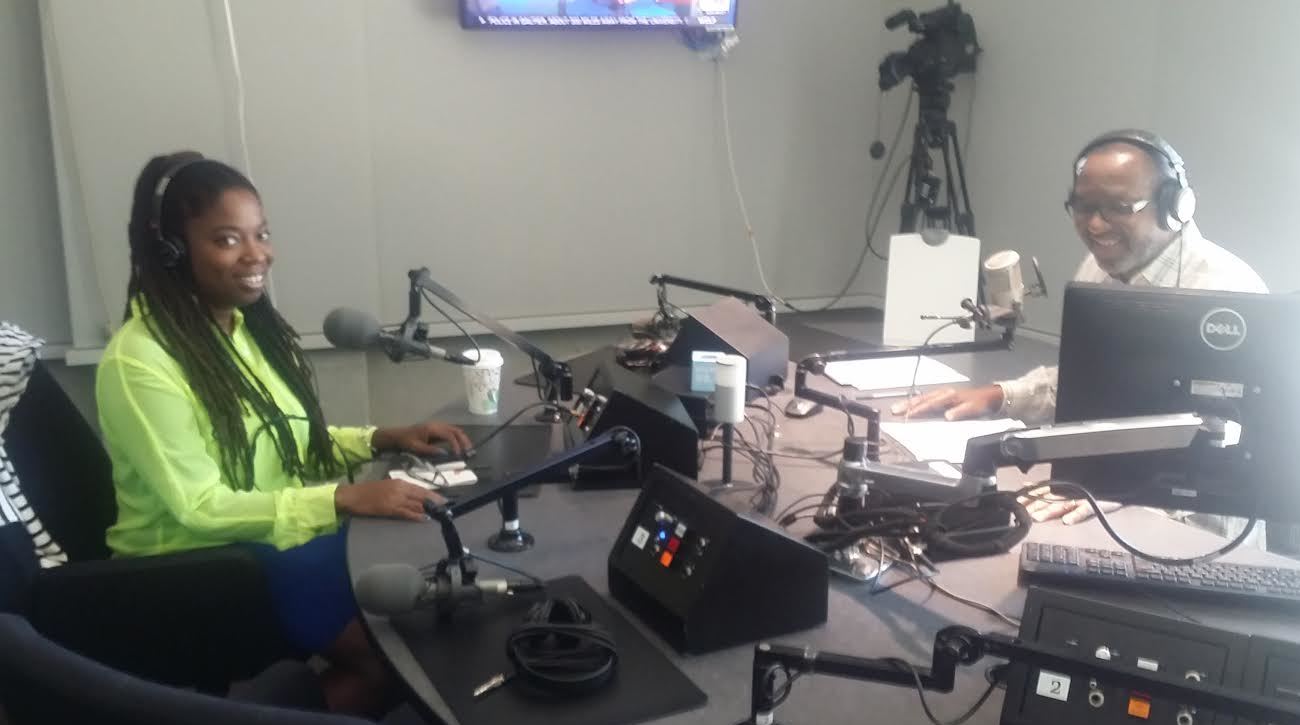Assistant Professor Amanda Northcross spoke with DC Public Radio Host Kojo Nnamdi about new tools for monitoring air pollution, including ones she is developing, on the nationally broadcast Tech Tuesday program. Northcross and other experts interviewed in Cleaner Air: Measuring Pollution at Street Level explained how these new tools are changing the science of measuring air quality.
A key feature of the new tools is their ability to provide more detail about local air quality. As Nnamdi pointed out, the information used to determine whether a major metropolitan area’s air pollution is at “code red” or “code orange” levels “don’t necessarily tell us what the air is like right here, right now."
As Northcross explained, monitoring the pollution in the air we breathe is particularly important for citizens with conditions such as cardiovascular disease and asthma. “There’s a strong connection between asthma and poor air quality … There’s definitely a need among vulnerable communities – which are typically the communities that have the highest levels of exposure to these pollutants – to have a much better understanding of the impact that these pollutants are having on their health,” she said. Monitors like the ones she is developing help give such communities the tools they need to demand change, she said.
The new tools discussed on the show have the potential to help people find out what pollution looks like at the street level. The information that such tools can collect is powerful, Northcross said. As an example, she discussed work she conducted with Vernon Morris at Howard University, Shizuka Heish at Trinity University, and Sacoby Wilson at University of Maryland. Their measurements helped show that a proposed bus parking lot would cause too much local air particulate pollution for the residents of DC’s Ivy City neighborhood. This documented that the residential neighborhood’s inhabitants are disproportionately exposed to particulates through existing facilities where diesel buses are parked. The neighborhood’s levels already “are much higher than for the city as a whole,” Northcross explained.
Because air quality changes throughout the day, capturing data near where people are going about their daily lives can make a real difference. The low-cost air pollution monitoring network that Northcross is developing with Assistant Professor Royce Francis, who leads the Strategic [urban] Ecologies, Engineering, and Decision-making (SEED) research group for GWU’s School of Engineering and Applied Science, is being tested in Ivy City.
Urban areas are not the only places where air quality can be an issue, Northcross and others stressed. Northcross is also involved in a project that is involved in monitoring air quality in California’s Imperial Valley, a dry rural area that is one of the state’s most productive farming regions.
The importance of the data that people can access through air pollution monitors like those Northcross is developing cannot be understated because people can use the information to help improve their health. Northcross envisions that community-led monitoring networks like Ivy City’s may one day be much more widespread. “As we move forward, we definitely want to expand our network… beyond Ivy City,” she said.


